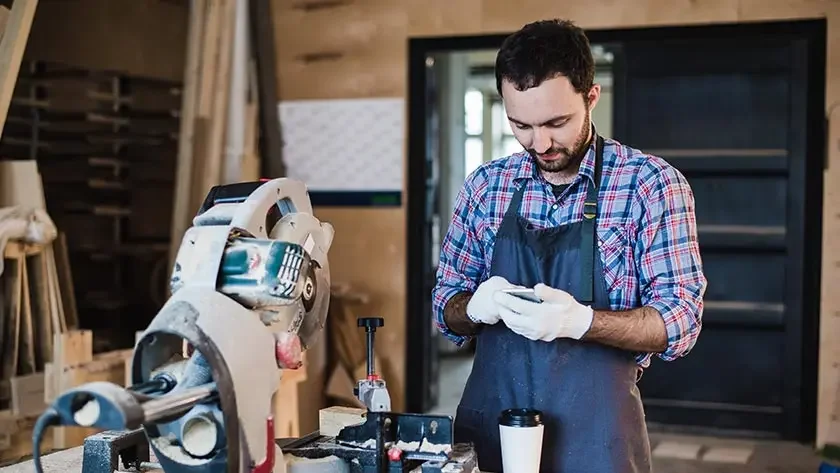The United States Constitution specifically grants Congress the authority to pass patent and other intellectual property laws. The Patent Act defines what kinds of things can be patented, but no matter what you choose, patents are only granted to inventions that are new and novel.

This means no one else has already patented your invention, or that a person familiar with the field could not easily figure out what you've done.
- Process. An act, or a series of acts or steps. An example is patenting a special configuration of machines in a factory or a software process to move or transform data. What makes it novel is the steps or a novel arrangement of existing steps.
- Machine. A concrete thing consisting of parts, or a combination of devices. An example would be a bicycle, airplane engine, or an electric drill. What makes it novel is a new way of combining existing parts.
- Manufacture. An article produced from raw or prepared materials by changing their form, shape, or other properties. Examples include coated wires, plastic tubes used in surgery, and construction materials, etc. What makes it novel is new ways of producing the article or the use of new raw or prepared materials.
- Composition of matter. All compositions of two or more substances: mechanically, chemically, or by other means. An example would be: a new drug or a new food ingredient. What makes it novel is a new chemical or mixture of existing substances.
The categories are broad, and your invention may qualify under one or more categories. For example, you may invent a new machine that works with several other machines. Your invention may be both the new machine and the process to integrate it with other machines. In that case, it is a good idea to claim the machine itself and the process for integrating the machine separately.
What kinds of software can you patent
Software is eligible for both patent and copyright protection. Copyright protects the specific code written by the programmer. Patents protect the overall operation of the software and, in most instances, describe a process. If you are the inventor of a software patent, a good first step is to chart out the operation of your software as a box flow diagram to show the steps the software takes to complete its program.
Software patents are highly valued, but getting a good software patent is difficult. It is difficult even for veteran lawyers to describe the process generally enough to protect the invention but specifically enough to describe how to make the software work. It is highly advisable to hire an attorney to assist with software patents. When filing for a software patent, keep in mind that you cannot patent abstract ideas.
What kinds of ideas can you patent
If you cannot patent abstract ideas, then what kinds of ideas can you patent? The patentability of ideas is still an evolving area of law, with recent decisions still leaving open many questions, but there are some practical considerations to keep in mind.
Ideas are more patentable when executed by a machine. For example, if you invent a new method to interchange data between a smartphone and a thermostat, the invention will be more likely to receive a patent if the patent describes and claims various kinds of smartphones and various network-connected thermostats. If you only discuss the data interchange in the abstract, the patent office is more likely to reject the patent for being too abstract.
Similarly, an idea is more patentable when it produces a tangible result. For example, the smartphone-thermostat patent should include a description of how the system operates to adjust the climate settings for a building. For software patents, keep in mind how the software integrates with computer systems or with other machines.
What kinds of patents can you get outside of the United States?
Every nation in the world has its own patent laws, and obtaining international protection means filing for a patent in each nation where you want protection. Recent international treaties made the process of international filing much simpler. The Patent Cooperation Treaty (PCT) is an international treaty with more than 150 contracting states. The PCT makes it possible to seek patent protection for an invention simultaneously in a large number of countries by filing a single “international” patent application instead of filing several separate national or regional patent applications. Still, you must be prepared for a substantial cost in order to submit international patent applications.
One consequence of recent changes to international law is a greater move towards harmonization of patent laws across the world. Over time, the kinds of things that are patentable in the United States and the kinds of things that are patentable in the rest of the world are more similar. Differences remain, so be careful whenever seeking international patent rights.
Figuring out what you can patent is one of the first steps to starting the process for protecting your invention. Although not required, a patent search can potentially save an inventor thousands of dollars if the search reveals identical or nearly identical documents to their invention. The patent search can also help an inventor modify an invention to differentiate it from other inventions in the same field.


